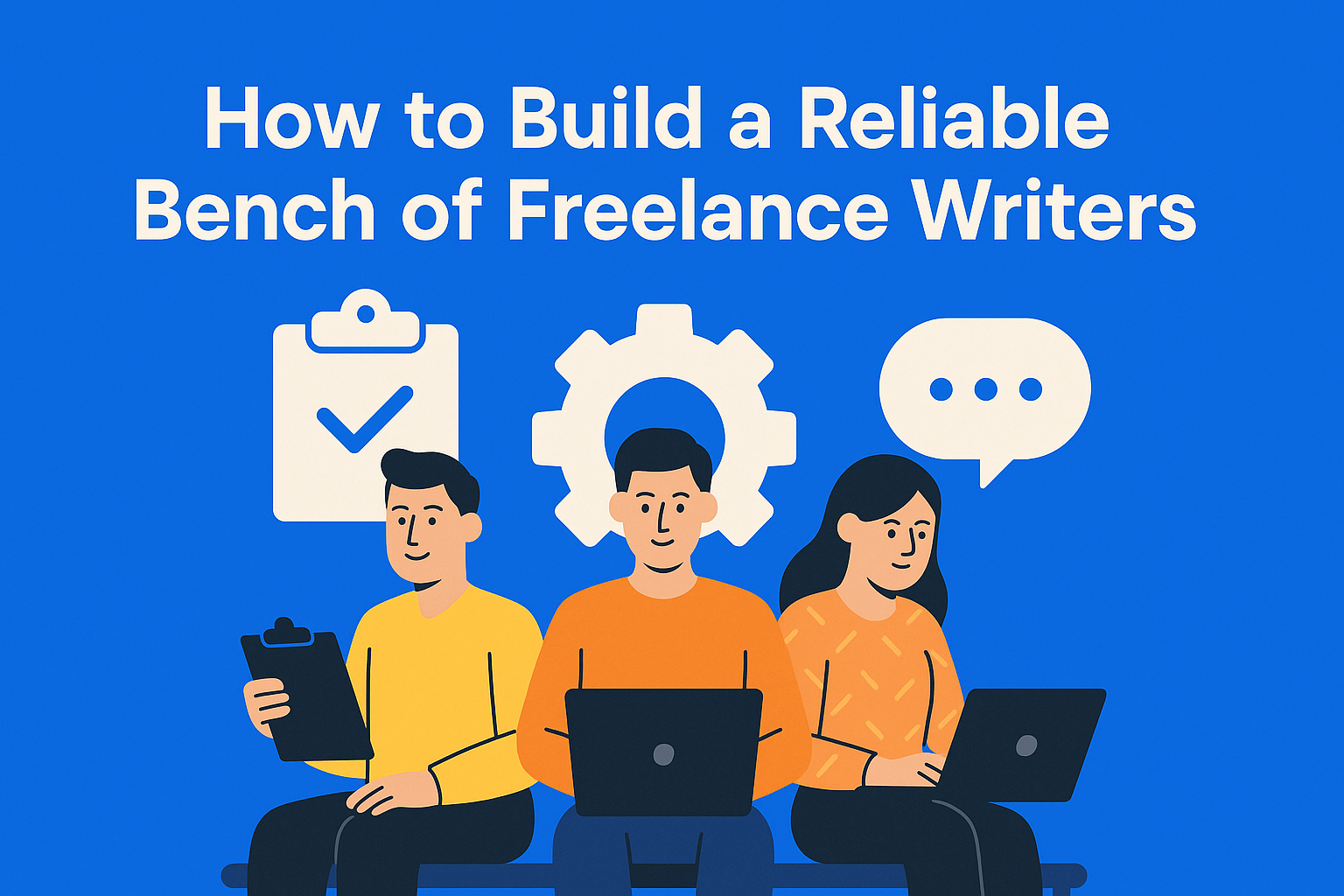Stop Saving Ideas in 12 Different Places
When ideas are scattered across apps and notes, they get lost. Centralizing them into shared briefs keeps inspiration visible, actionable, and ready to move into production - so great ideas become shipped content, not forgotten thoughts.

Your best ideas aren’t disappearing - they’re just scattered. Maybe it was a killer angle someone mentioned on a call, a metaphor you jotted into your phone’s Notes app, a LinkedIn comment you meant to come back to, or something someone said in passing at 4:47 PM that you were sure you’d remember later. But when ideas live in five apps, three notebooks, and the back of your mind, they’re effectively nowhere. If you can’t find an idea, you can’t use it - which means it might as well not exist at all.
This isn’t a creativity problem. It’s a storage problem.
Key Takeaways
- Scattered ideas are lost ideas - if thoughts live in Notes apps, DMs, or random docs, they’re effectively invisible and unusable.
- The problem isn’t creativity, it’s storage - teams don’t lack ideas; they lack a shared system to organize and revisit them.
- Shared idea libraries create momentum - visible ideas evolve faster into blogs, videos, and campaigns instead of fading away.
- Personal systems don’t scale - when everyone stores ideas differently, teams duplicate work and miss valuable opportunities.
- Centralizing ideas in EasyContent keeps them alive - one shared space helps teams capture, refine, assign, and publish without losing creative energy.
Scattered Ideas Create Invisible Work
Every content team has a graveyard of almost-great ideas.
The half-thoughts. The “we should write about that.” The “hold on, this is good, let me write this down” moments that never make it back to daylight.
When ideas hide inside:
- Random Notion pages
- Google Docs
- Slack DMs with yourself
- Phone voice memos titled “IDEA IMPORTANT”
- A stray sticky note that is now somewhere under your keyboard
And when no one can see the idea, no one can act on it.
Creativity didn’t stop.
It just got buried.
Why Centralizing Ideas Matters
Ideas are only valuable when they’re accessible.
A shared idea library helps teams:
- Spot patterns in what’s resonating
- Prioritize smarter, not louder
- Turn sparks into real content, instead of letting them evaporate
- Align around themes instead of chasing random inspirations
You’re not just collecting ideas - you’re building momentum.
Because one idea rarely stands alone.
It usually grows into:
- One blog
- One LinkedIn post
- One newsletter segment
- One video script
- One workshop or playbook
But only if the idea survives long enough to be worked on.
“But I Keep My Own System”
Individual systems are great - until collaboration enters the chat.
If every team member stores ideas somewhere different:
- No one knows what exists
- The same ideas get reinvented
- Promising topics die in silos
- Content planning becomes guesswork instead of intention
Personal capture is fine.
Shared capture is where strategy happens.
The Right System Isn’t Complicated - It’s Consistent
Centralizing ideas doesn’t mean building a massive database.
It just means there is one place ideas go every time.
The rule is simple:
If it’s worth saving → it goes into the idea space.
The friction disappears when:
- Everyone knows where ideas live
- Everyone knows how to add them
- Everyone knows how to pull from them
That’s when ideation becomes continuous instead of chaotic.
How EasyContent Keeps Ideas Organized (Without Killing Creativity)
EasyContent doesn’t turn ideation into a rigid form.
It just makes it recoverable.
With an Briefs & Ideas section, you can create a simple, shared idea intake form - just add a few details:
- Working title or rough thought
- Supporting link or source
- Notes, context, or example
- Suggested format or use case
- The template the piece will follow
Nothing heavy. Just enough structure so the idea doesn’t dissolve into ambiguity.
Then, because it lives in the same platform as your workflow, editor, and content calendar, ideas don’t get forgotten. They get picked up, assigned, shaped, and shipped.
No copy-paste chaos.
No “where did we put that thing?”
No “I swear I wrote this down somewhere.”
Just: idea → review → draft → publish.
Creativity stays fluid.
Execution becomes repeatable.
Conclusion
The problem isn’t that your team doesn’t have enough ideas - it’s that the ideas don’t have a home.
When every thought is scattered across devices, platforms, and conversations, your best insights never make it into your content library. Centralizing idea capture doesn’t limit creativity - it protects it.
Give your ideas a single place to land.
Give them context so someone else can build on them.
Give your team visibility so good thinking becomes shipped content, not “I’ll remember it later.”
And if you use a system like EasyContent to make that shared space effortless, ideation stops being a hunt - and starts being a pipeline.






